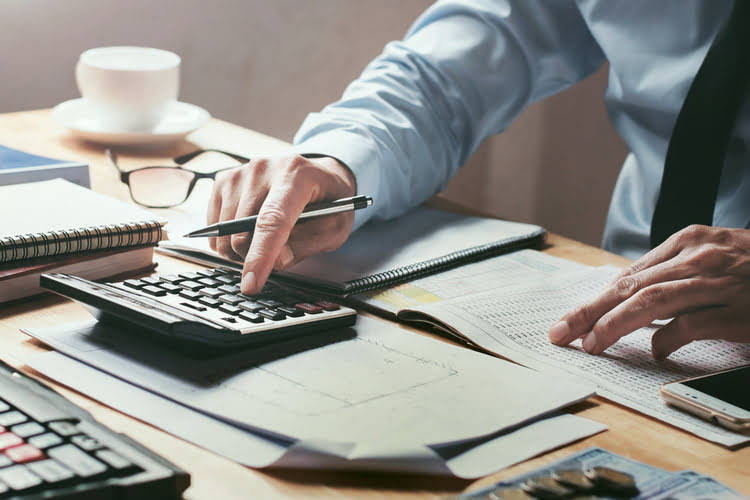
Get instant access to video lessons taught by ledger account experienced investment bankers. Learn financial statement modeling, DCF, M&A, LBO, Comps and Excel shortcuts. Hence, a car with even a couple of miles driven on it tends to lose a significant percentage of its initial value the moment it becomes a “used” car. Briefly, suppose we’re currently attempting to determine the salvage value of a car, which was purchased four years ago for $100,000. Under straight-line depreciation, the asset’s value is reduced in equal increments per year until reaching a residual value of zero by the end of its useful life.

How do you calculate an asset’s salvage value?
Also, consider future insurance premiums and potential resale challenges down the line,” he says. The salvage value in a buyback situation is the car’s worth in the condition it is in with the damages it sustained in the accident. If you wish to buy back a car from how is salvage value calculated an insurance company that deemed your vehicle a total loss, you should discuss the value of the car and the cost of buying it back. Enter the asset name, purchase price, purchase date, and expected useful life.2. Click “Calculate Salvage Value” to see the estimated salvage value based on straight-line depreciation.3. Use the eBay market check feature to compare your estimate with current market prices.4.

What Is an Asset’s Salvage Value?

This information is helpful to management to know how much cash flow it may receive if it were to sell the desk at the end of its useful life. Residual value formulas differ across industries, but its general meaning—what remains—is constant. For investments, the residual value is calculated as the difference between profits and the cost of capital. Another example of how salvage value is used when considering depreciation is when a company goes up for sale.

Salvage Value Depreciation Equation
Salvage value is also known as scrap value or residual value and is used when determining the annual depreciation expense of an asset. This method requires an estimate for the total units an asset will produce over its useful life. Depreciation expense is then calculated per year based on the number of units produced.
Example of salvage value calculation for a car belonging to a business for after and before tax
The company pays $250,000 for eight commuter vans it will use to deliver goods across town. If the company estimates that the entire fleet would be worthless at the end of its useful life, https://www.bookstime.com/ the salvage value would be $0, and the company would depreciate the full $250,000. Both declining balance and DDB require a company to set an initial salvage value to determine the depreciable amount.
- You must subtract the asset’s accumulated depreciation expense from the basis cost.
- But if you think the insurance company’s offer is too low, you’ll need to provide evidence as to why the vehicle is worth more than what the insurance company is offering.
- To calculate the salvage value using this method, multiply the asset’s original cost by the salvage value percentage.
- So, total depreciation of $45,000 spread across 15 years of useful life gives annual depreciation of $3,000 per year.
- A company can also use salvage value to anticipate cash flow and expected future proceeds.
A company uses salvage value to estimate and calculate depreciation as salvage value is deducted from the asset’s original cost. A company can also use salvage value to anticipate cash flow and expected future proceeds. Yes, salvage value can be considered the selling price that a company can expect to receive for an asset at the end of its life. Therefore, the salvage value is simply the financial proceeds a company may expect to receive for an asset when it’s disposed of, though it may not factor in selling or disposal costs. Salvage value is also called scrap value and gives us the annual depreciation expense of a specific asset. It must be noted that the cost of the asset is recorded on the company’s balance sheet whereas the depreciation amount is recorded in the income statement.